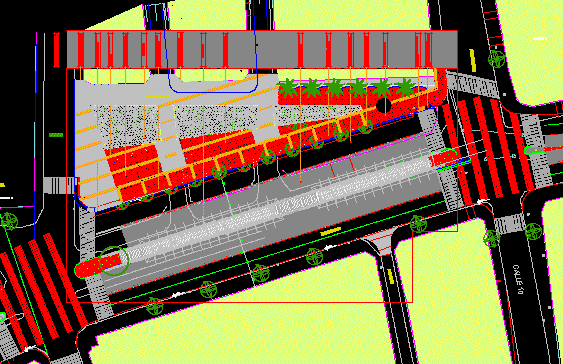
14 assessed real-world effectiveness of ICIs in a Dutch population of patients with advanced NSCLC and showed similar median survival times as those of phase III studies, except for patients with Eastern Cooperative Oncology Group performance status (ECOG PS) of ≥ 2. For example, a recent study from The Netherlands by Smit et al. So far, most studies reported comparable outcomes in real-world compared to those observed in clinical trials. For immunotherapy in metastatic NSCLC, some efforts have been made as well to provide insight into this possible gap. Recently, we have demonstrated that survival of patients with metastatic NSCLC treated with chemotherapy or targeted therapy is nearly one-quarter shorter in real-world practice than for patients included in trials 13. Consequently, there could be a gap between the efficacy demonstrated in RCTs and the effectiveness of systemic therapies in clinical practice. At present, RCTs are still the gold standard to prove efficacy for new oncology therapies 7, 8.

Additionally, NSCLC patients with comorbidities, especially auto-immune diseases, or poor performance status are often not eligible for participating in RCTs 11, 12. While the population is ageing, which is associated with an increased risk of lung cancer, most patients that are included in RCTs are under 65 years old 10, 11. However, results from RCTs are not easily generalizable to clinical practice due to strict eligibility criteria 7, 8, 9. These include nivolumab (anti-PD-1), pembrolizumab (anti-PD-1), and atezolizumab (anti PD-L1) 1. Currently, there are three FDA and EMA approved programmed cell death protein-1/programmed cell death ligand-1 (PD-1/PD-L1) inhibitors available for treatment of stage IV NSCLC. Fewer patients proceeding to a subsequent line of treatment in real-world could partly explain this.įor patients with stage IV non-small cell lung cancer (NSCLC), immune checkpoint inhibitors (ICIs) have demonstrated promising results in disease progression and survival in randomized clinical trials (RCTs) 1, 2, 3, 4, 5, 6. However, there is a gap in OS for 1L pembrolizumab. There is no EE gap for PFS from immunotherapy in patients with stage IV NSCLC. Receiving subsequent lines of treatment was less frequent in real-world compared to trials. OS was significantly shorter in real-world for 1L pembrolizumab (HR 1.55 95% CI 1.07–2.25). For both settings, PFS times were comparable between real-world and trials (HR 1.08 (95% CI 0.75–1.55), and HR 0.91 (95% CI 0.74–1.14), respectively). Nivolumab was started as 2L treatment in 141 patients.

From 1950 diagnosed patients, 1005 (52%) started with any 1L treatment, of which 83 received pembrolizumab.
#Cad system variable stopping copyclip trial
Progression-free survival (PFS) and overall survival (OS) from first-line (1L) pembrolizumab and second-line (2L) nivolumab were compared with clinical trial data by calculating hazard ratios (HRs).

All patients diagnosed with stage IV non-small cell lung cancer (NSCLC) in 2015–2018 in six Dutch large teaching hospitals (Santeon network) were identified and followed-up from date of diagnosis until death or end of data collection. This study aims to assess how clinical outcomes of immunotherapy in real-world (effectiveness) correspond to outcomes in clinical trials (efficacy) and to look into factors that might explain an efficacy-effectiveness (EE) gap.


 0 kommentar(er)
0 kommentar(er)
